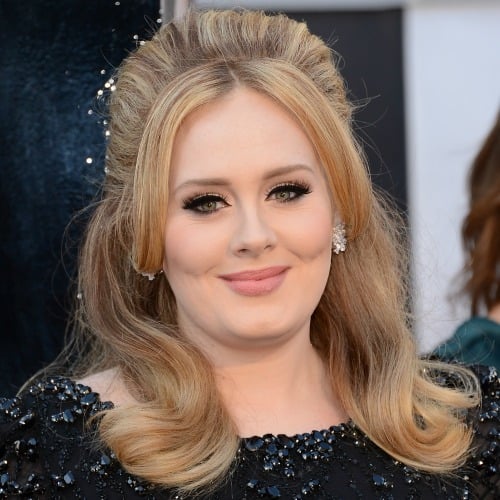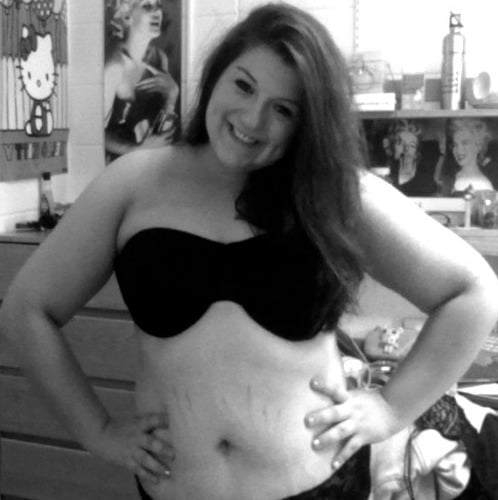
Image via iStock.
By Nikki Gloudeman
Like many women, I’ve often distilled body image into a series of cold hard numbers: pounds, dress size, calories, carbs. But it wasn’t always this way. In fact, the first time I realized weight would be an issue in my life, it was all about words.
I was in grade school, age 10, and heavy. On the playground at recess, the barbs began. They weren’t clever – “Whale,” “Fatso,” “Cow” – but they worked.
Lying awake in bed one night, I made a choice: I was going to be skinny. The next morning, I swiftly went to work, turning my self-worth into tangible, controllable numbers. I recorded fat and calories in a spiral-bound notebook, keeping track of every last food parcel with Type A tenacity. It worked: within a few months, I was 20 pounds lighter. And people did start looking at me differently.
RELATED: Being skinny didn’t make me happy, but being “fat” does
I remember near the beginning of the diet, I was at a theme park with a boy I thought was cute – a friend of a friend. He teased me for toting around my notebook, and then for not buying an ice cream cone when the rest of the group did. After losing the weight, I saw him again, and he told me I looked great—the first time a boy had ever shown genuine interest in the way I looked.
The message stuck: thin is pretty. And I wanted to be pretty.
After that, I grew more critical of myself in photos and started paying attention to and coveting what other girls had and I didn’t—thin legs, flat stomachs, small arms. I tried low carb, low fat and low sugar diets, and began engaging in a silent internal monologue at the dinner table: “Don’t eat that piece of bread.” “One piece of bread really won’t hurt that much, right?” “No, but if you eat the bread all the time, it will.” And so on and so forth until, usually, I ate the piece of bread and hated myself after. (Post continues after gallery.)

